
The most common reason for a customer’s visit is periodic maintenance. All newer VW/Audi vehicles have built-in service reminder systems. These are used to alert the vehicle owner when it is time for a visit to the repair facility. Generally, the service reminder is set to alert every 10K miles. But this means more than just an oil change every 10K miles!
The Importance of Oil Changes
It is important to educate customers on proper oil change intervals and recommend oil changes every 5K miles. Modern Audi engines are very demanding of the oil they use, particularly with turbocharged or diesel-powered engines. Fully synthetic oil is the only type Audi recommends for their vehicles. Be sure to use engine oil that has the VW/Audi 502 and 504 certification. Using this certified oil ensures proper engine protection and lubrication guidelines set forth by Audi.
Oil consumption is also something customers should be aware of. Many different factors can affect oil consumption, and it is within normal parameters for engines to consume up to one quart every 1K miles. Again, if the customer extends their oil change intervals and does not check their oil levels, they stand a chance of running their engine low on oil, possibly damaging components and causing unnecessary engine wear.
At every service, proper vehicle inspections are necessary to keep the customers and their vehicles happy and running smoothly. Once the technician becomes familiar with the Audi they are servicing, inspecting the vehicle takes just a few minutes and can be done while draining oil, setting tire pressure, etc.
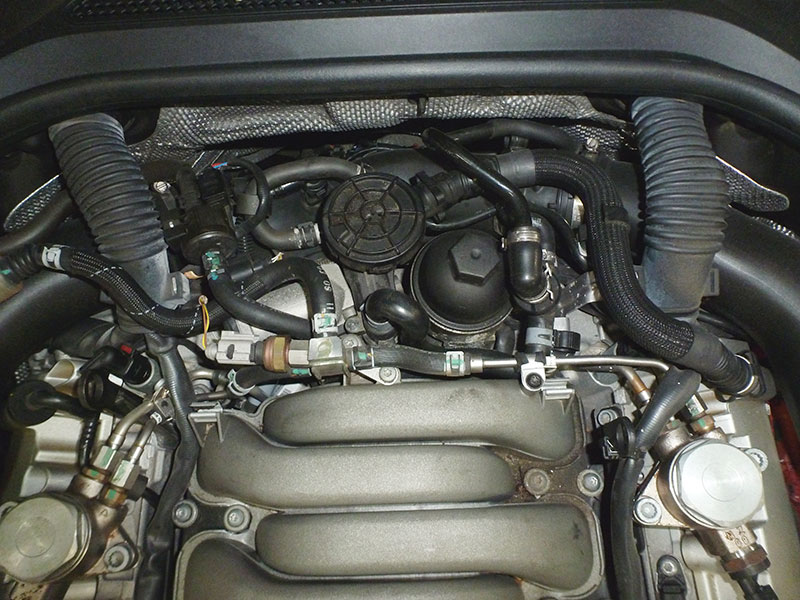
Undercar Concerns
Audi suspension design is designed to be comfortable for the driver but also offers unparalleled handling and safety characteristics.
Audi uses a double wishbone front suspension design on most of their newer models. This system utilizes multiple upper and lower control arms. The double wishbone design is great for controlling the wheel as it moves through the suspension travel and limits camber, toe, and caster changes, thus preserving safety and handling.
The upper and lower control arms contain bushings that take a lot of the shock and load from driving and braking. These bushings tend to be the first to wear out, particularly if the vehicle has been driven in rough conditions.
Small tears in the bushing are normal and do not call for replacement. Longer tears that completely separate the bushing mean the it has failed and needs replacement. The upper control arms are readily visible once the vehicle is on a lift.
Often the lower control arm bushings are larger and contain fluid to help dampen suspension movement. It is easy to spot a bad lower bushing by the telltale fluid leakage coming from the bushing. On larger heavier models such as the A8, bushing wear can be accelerated so it is smart to inspect even lower-mileage Audis mindfully.
In certain cases, a bad control arm bushing can cause excessive wheel movement. This can be noted during a test drive as a knocking sound from the wheel area over bumps or when the brakes are applied.
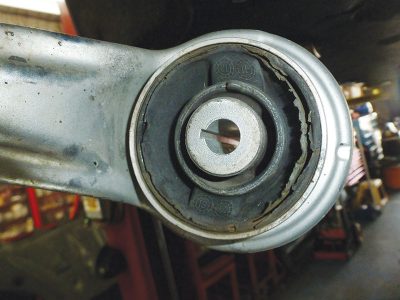
Pay Heed to the Drive Belt
Drive belts are also a wear item that require periodic inspection. Modern Audi drive belts are constructed from EPDM material, which is superior to older rubber drive belts. These belts last a lot longer but when worn do not show cracks or pieces missing like older style belts. The ribs can begin to wear, which leads to eventual belt slippage, heat, and failure. The only way to accurately check the belt is with a small belt wear gauge. If the feeler goes below the rib surface, the belt is worn and requires replacement. Audi generally recommends inspection/replacement of the drive belt between 55K-75K miles.
Don’t Forget the Filters
Audi recommends checking and replacing the air filter every 30-40K miles. During replacement, always check and clean debris out of the air box, and check the air intake scoop/snow screen.
Often animals will nest and store food in air boxes, which can result in poor air flow to the engine. Poor engine performance and faults can even be stored if air flow is disrupted.
When checking/cleaning the air box, take a minute and clean out the cowl area for the customer during the service. A clogged cowl drain can flood the vehicle and potentially cost the customer thousands of dollars if left unchecked. Cleaning takes just a few minutes and is necessary if replacing the cabin air filter. It should also be noted to check and clean the sunroof drains if necessary.
Be Battery Aware
Checking the battery state should also be taken into account during vehicle inspection. It is easy to forget, especially if the battery resides in the trunk, but it should not be forgotten.
Batteries generally last between 5-7 years but can wear out sooner, depending on driving characteristics. A quick load test can determine if a battery is sub-par and requires replacement.
During vehicle inspection, the exhaust system should also be given a once over. In harsher climates, the exhaust can begin to deteriorate quickly, and leaks can appear. Check any flex pipe sections, as well as clamp areas for damage or telltale signs of exhaust leaks.
These are only a sampling of common issues to be aware of. It up to you, the technician, to be thorough when examining vehicles. The safety of the customer is in your hands.
Download PDF

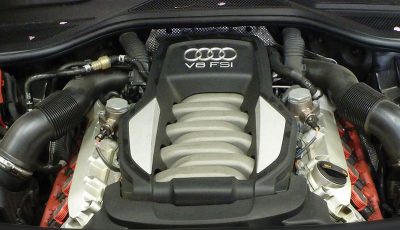
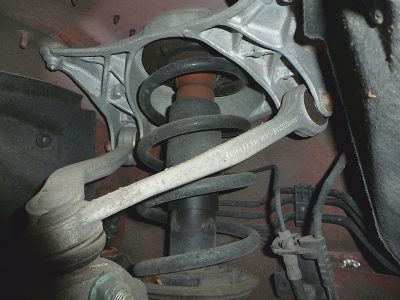

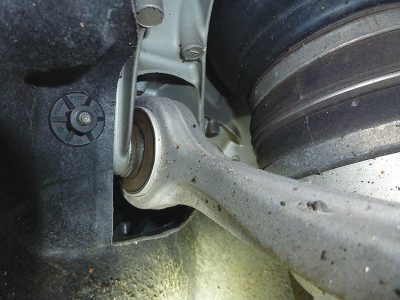
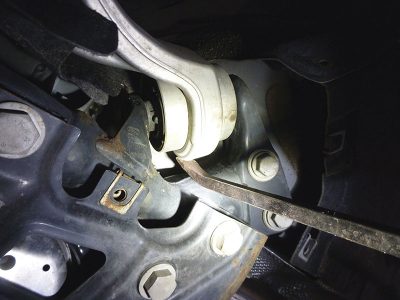
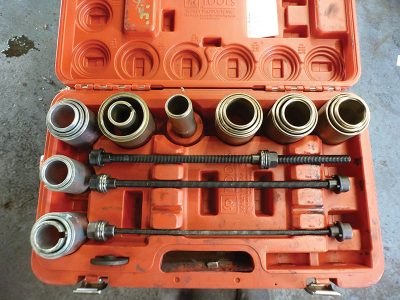
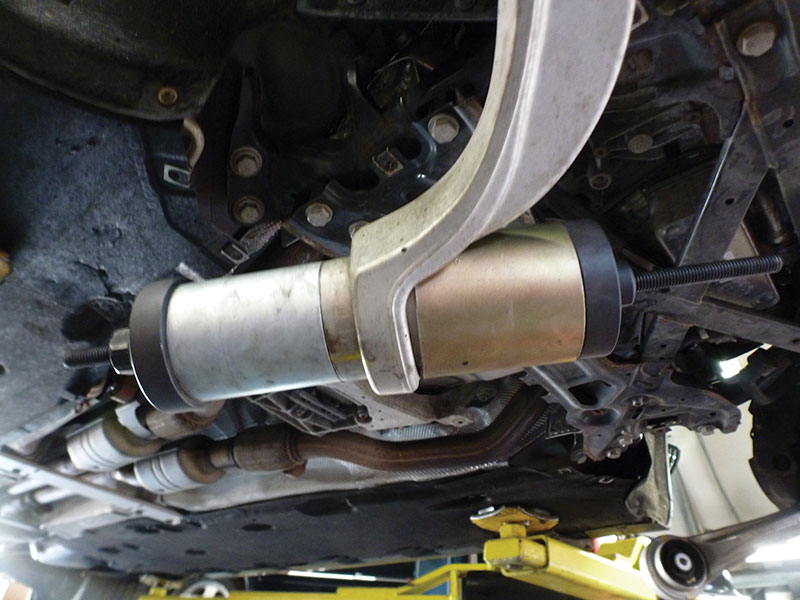
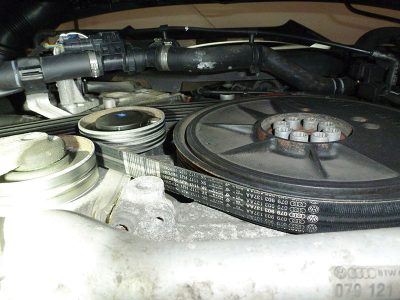

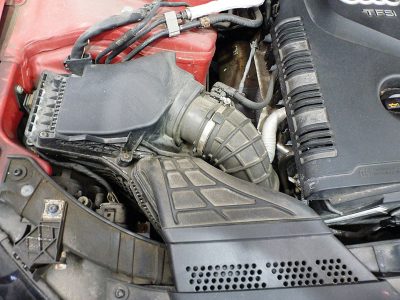

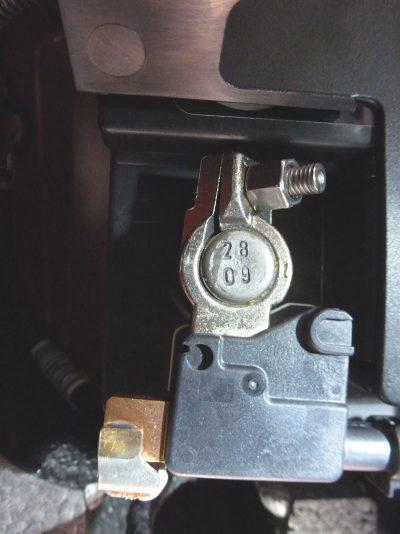
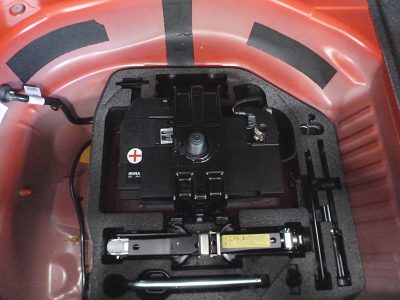




0 Comments